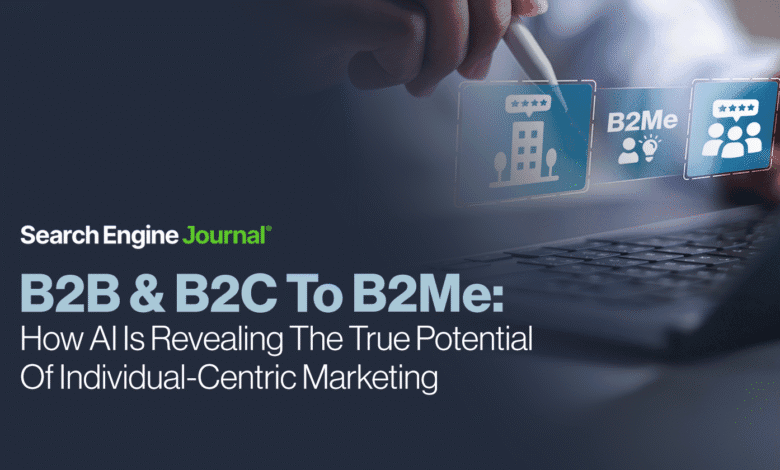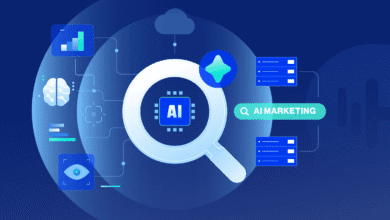B2Me: How AI Powers Individual-Centric Marketing Success

▼ Summary
– The Uplift V2 Commercial 2-Leg Standing Desk is praised for its stability, customization options, and high-quality materials, making it ideal for a robust workstation.
– The desk offers extensive customization, with prices ranging from $600 to over $2000, depending on size, wood type, accessories, and other features.
– The desk’s reclaimed birch-butcher block desktop is highlighted for its aesthetic appeal and durability, while the crossbeam design enhances stability and range of motion.
– Setting up the desk requires assistance due to its weight, but assembly is straightforward, and the desk supports various accessories like monitor arms and cable management solutions.
– The desk excels in functionality, with smooth height adjustments, a sturdy build, and a design that accommodates both minimalist and maximalist workstation setups.
Imagine scrolling through your digital feed when an advertisement appears, feeling uncannily precise, almost as if it read your thoughts. This is the essence of B2Me marketing, where artificial intelligence crafts individual experiences, moving beyond broad demographic groups. Such a shift, from relying on generalized customer profiles to interpreting real-time behavioral data, is fundamentally reshaping how companies connect with their audience.
For years, marketing often focused on rigid customer archetypes. Consider “Marketing Mike,” a fictional figure imagined to enjoy avocado toast and artisanal coffee. The reality is, Mike might prefer convenience store hot dogs and gave up skateboarding years ago. Demographics alone rarely uncover the true motivators behind purchases: emotions, frustrations, and unstated needs. Artificial intelligence transforms this by identifying subtle behavioral cues and anticipating customer intent before it is even voiced.
Coca-Cola’s campaign in Saudi Arabia offers a compelling example. Instead of targeting a general “Millennials” segment, AI analyzed social media conversations to pinpoint individuals expressing a desire for fast food. This effort generated over 800,000 highly personalized coupon advertisements, resulting in a 20,000-click response rate, all without direct human intervention. Such accuracy not only boosts efficiency but also redefines what customers expect from brands.
Many brands, however, mistake superficial segmentation for genuine personalization. Sending varied email subject lines to “Marketing Managers” versus “Directors” does not qualify as B2Me; it simply applies a technological veneer to demographic targeting. Authentic B2Me marketing interprets actual behavior: identifying the content individuals engage with and understanding the challenges that concern them.
Adopting an individual-centric marketing approach involves exploring diverse strategic paths.
Building and maintaining consumer trust becomes paramount as artificial intelligence handles more personal data.
B2Me does not seek to replace human intuition; rather, it enhances it. While AI identifies potential opportunities, brands retain the responsibility to infuse every customer interaction with genuine empathy. Success will favor those who truly listen, not only to explicit customer feedback but also to the insights their actions provide.
For organizations considering this evolution, the initial steps toward adoption often prove simpler than anticipated.
Ultimately, the most impactful marketing still relies on human insight. Artificial intelligence uncovers patterns, yet only people can translate data into genuine connections. Brands should start modestly, prioritize understanding actual behavior, and allow technology to support, rather than supplant, their inherent human touch.






